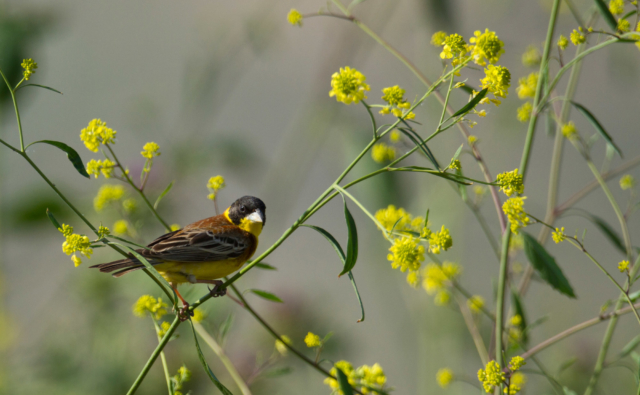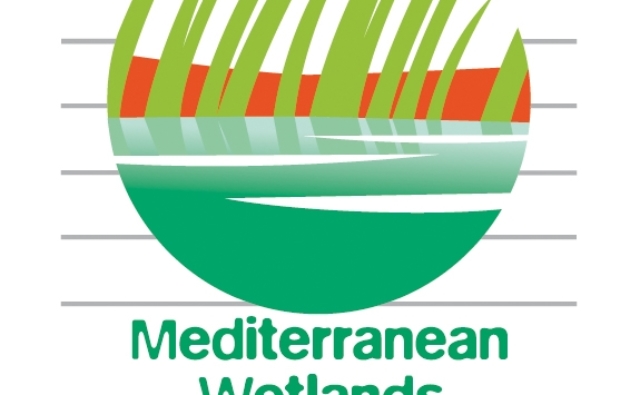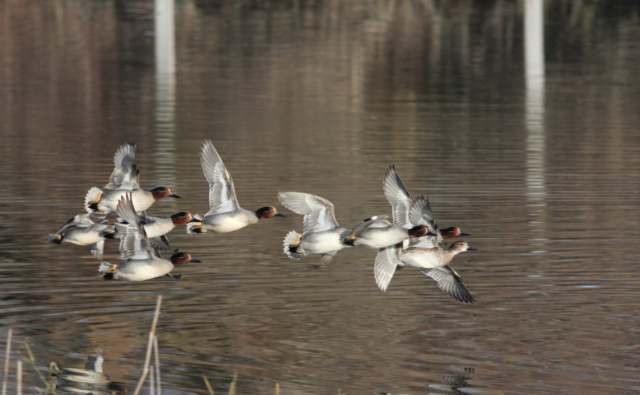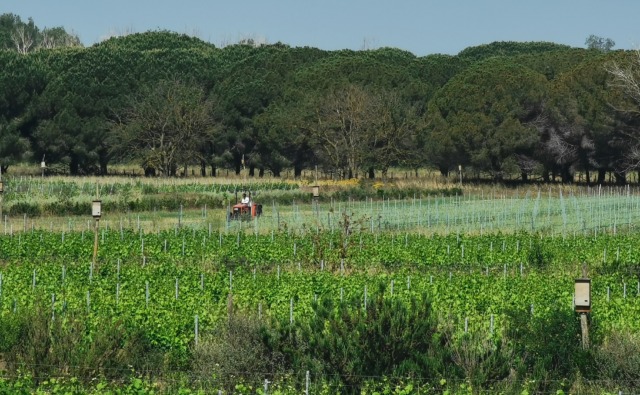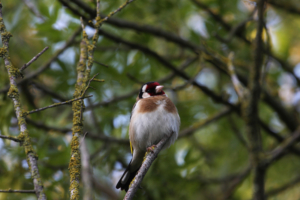
The Provence-Alpes-Côte d’Azur Regional Environmental and Eco-development Agency (ARPE PACA) has just published the PACA Living Region Index, which was co-developed with the Tour du Valat. This indicator measures the evolution of biodiversity in the PACA Region since 2000. It highlights the contrasting trends in function of the species and shows the effectiveness of nature protection measures.
Coordinated by the ARPE PACA, the Regional Biodiversity Observatory has just published findings on the evolution of biodiversity in the Provence-Alpes-Côte d’Azur Region, which are informed by the Tour du Valat’s scientific expertise. This project used a standardised protocol to analyse a very large body of population monitoring data for 282 vertebrate species (mammals, birds, fish, reptiles, and amphibians), gathered by various public and private organisations between 2000 and 2015. This indicator, designated as the PACA Living Region Index (PACA LRI), was developed based on the WWF’s Living Planet Index. It highlights the following major trends:
- Overall biodiversity in the PACA Region has stagnated since 2000, but there are major disparities for different species and habitats;
- The habitats that enjoy the highest level of protection and/or are the least impacted by human pressures have seen their biodiversity increase. Such is the case in the Alps, where the populations of mountain ungulates (chamois, ibex) have increased, in marine protected areas (the Dusky Grouper in the Port-Cros National Park), as well as in the protected wetlands, where the return of waterbirds is striking (the Greater Flamingo and the Eurasian Spoonbill in the Camargue);
- On the contrary, other non-protected habitats have seen their biodiversity decline, sometimes in alarming proportions. This is notably the case in the Provence hinterland, which is currently facing unbridled urbanisation and the modification of farming practices, which are often harmful for numerous species. For example, overall there is a growing threat to reptiles and amphibians.
- The negative trends are so significant that some species that used to be common have today declined a great deal, as is the case for the Eurasian Goldfinch, Eurasian Skylark, and shrike species.
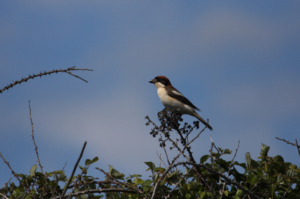
The LRI now enables us to reliably measure the evolution of biodiversity in the PACA Region, and for that reason it is an indispensable tool for decision-makers and nature managers. In particular, the positive trends observed for certain habitats and species suggest that nature protection policies should be strengthened, within, but especially beyond, the best preserved natural areas (particularly in farm, forest, and urban environments).
The Tour du Valat, a wetlands conservation research institute based in the Camargue, has been developing its activities for over 60 years throughout the Mediterranean region, with the constant guiding principle of better understanding wetlands so they can be better managed. Convinced that these threatened environments can only be preserved if human activities and natural heritage protection go hand in hand, the Tour du Valat has been developing integrated research and management programmes for many years, which foster exchanges between users and scientists, mobilise a community of stakeholders, and enlighten decision-makers about the benefits provided by wetlands. It advocates for the generalisation of the LRI to other French regions, based on a methodology that could be easily replicated in other territories.
Contact :
Thomas Galewski, Project Leader at the Tour du Valat (e-mail)
